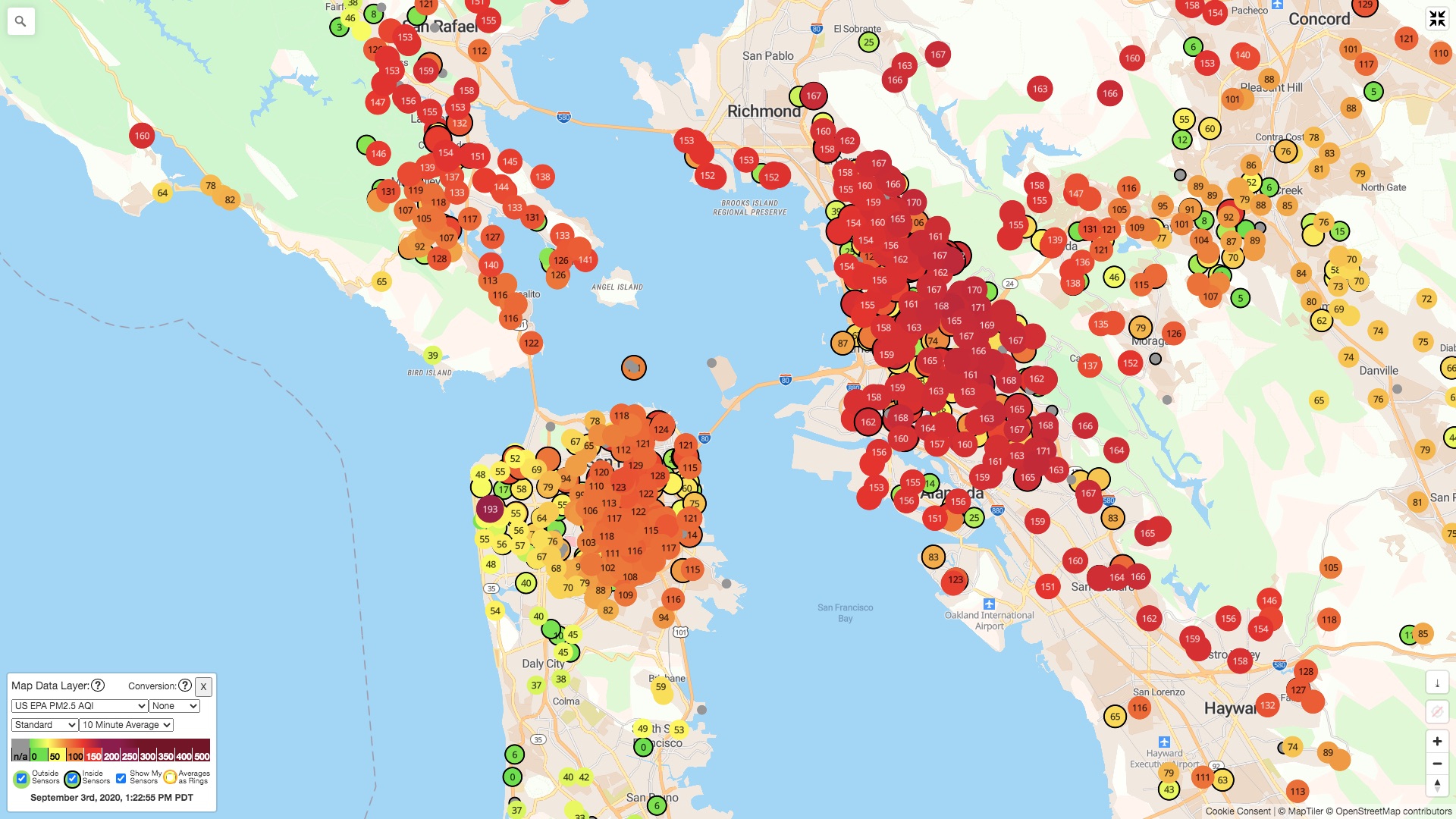Lehigh environmental sciences major Madison Hernandez ’23 is working with two of her professors on finding sustainable solutions to combat the issues of air pollutants in the Lehigh Valley.
With the help of Benjamin Felzer, associate professor of earth and environmental sciences, and Joan Ramage Macdonald, associate professor of earth and environmental sciences, Hernandez has partnered with PurpleAir, a company that provides indoor and outdoor air pollutant monitors.
PurpleAir sensors allow local residents and scientists to collect hyper-local air quality data and inform the public of their exposure to poor air quality.
Air pollution is a perpetual issue in the Lehigh Valley and needs severe environmental action, experts say. The Valley ranked seventh worst out of 28 urban areas and rural counties in Pennsylvania in 2020, according to the “Trouble in the Air” report released by the PennEnvironment Research and Policy Center and Frontier Group in 2021.
Emissions from diesel engines with four-stroke cycles resulting from truck traffic to warehouses are a major source of air pollution in the Lehigh Valley, Felzer said.
“The particulate matter known as PM2.5 is one of the most dangerous air pollutants because it can penetrate into deeper parts of our lungs and impair our lung function,” he said.
Hernandez said there are currently five PurpleAir monitors in north Bethlehem, with plans to set up more in south Bethlehem. In her research with PurpleAir, Hernandez looks at seasonal and daily trends of when there were spikes of PM2.5 and other harmful particulate matter.





